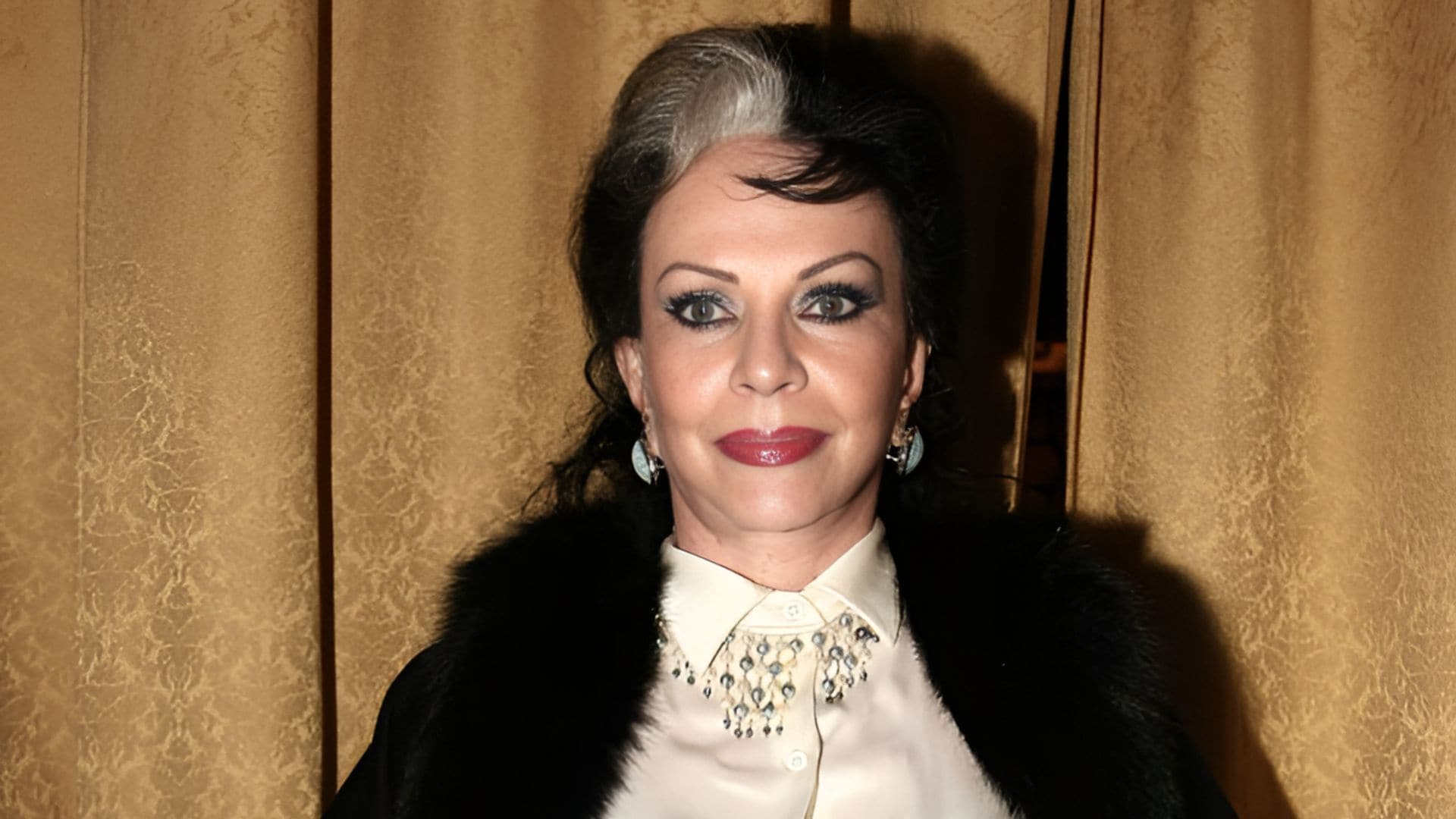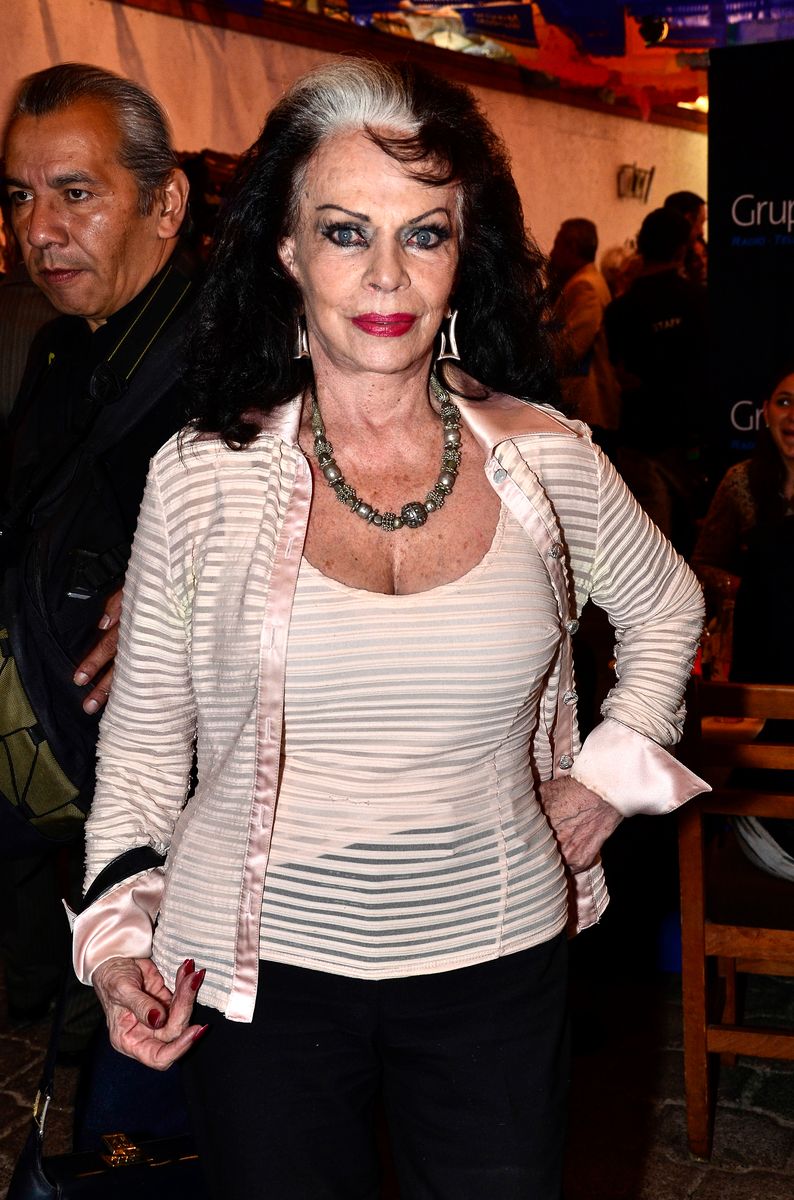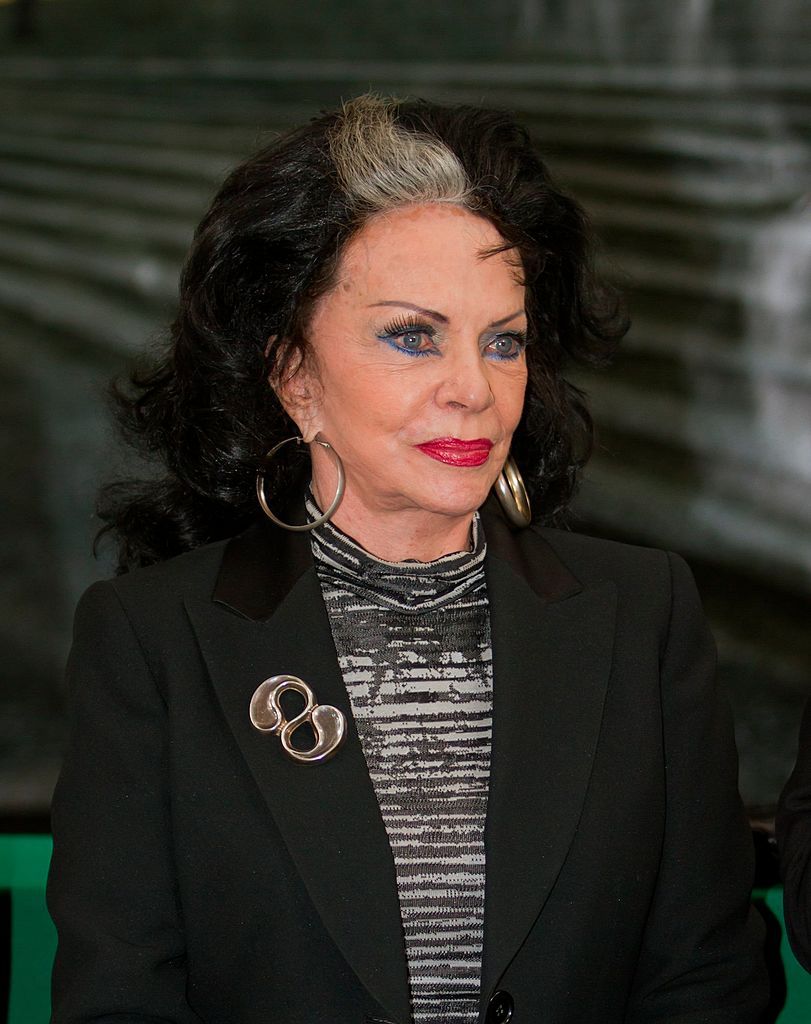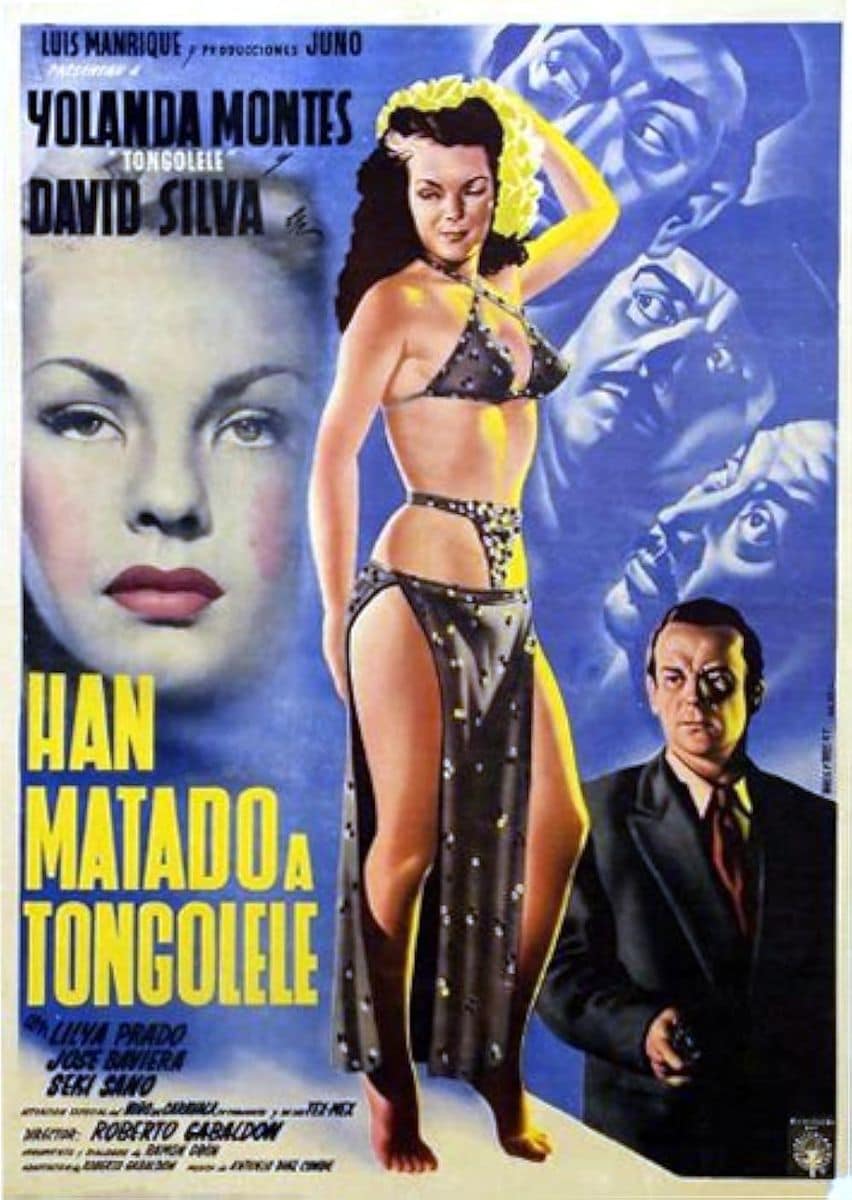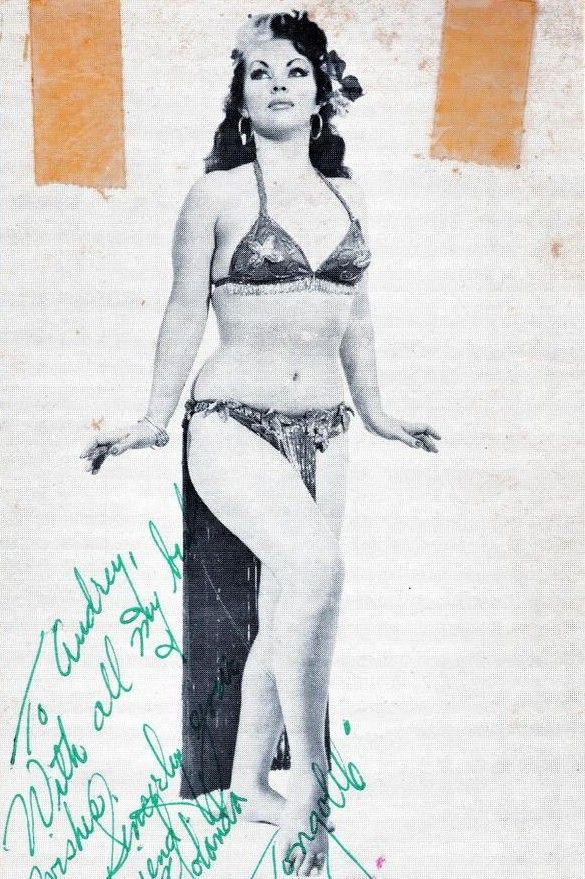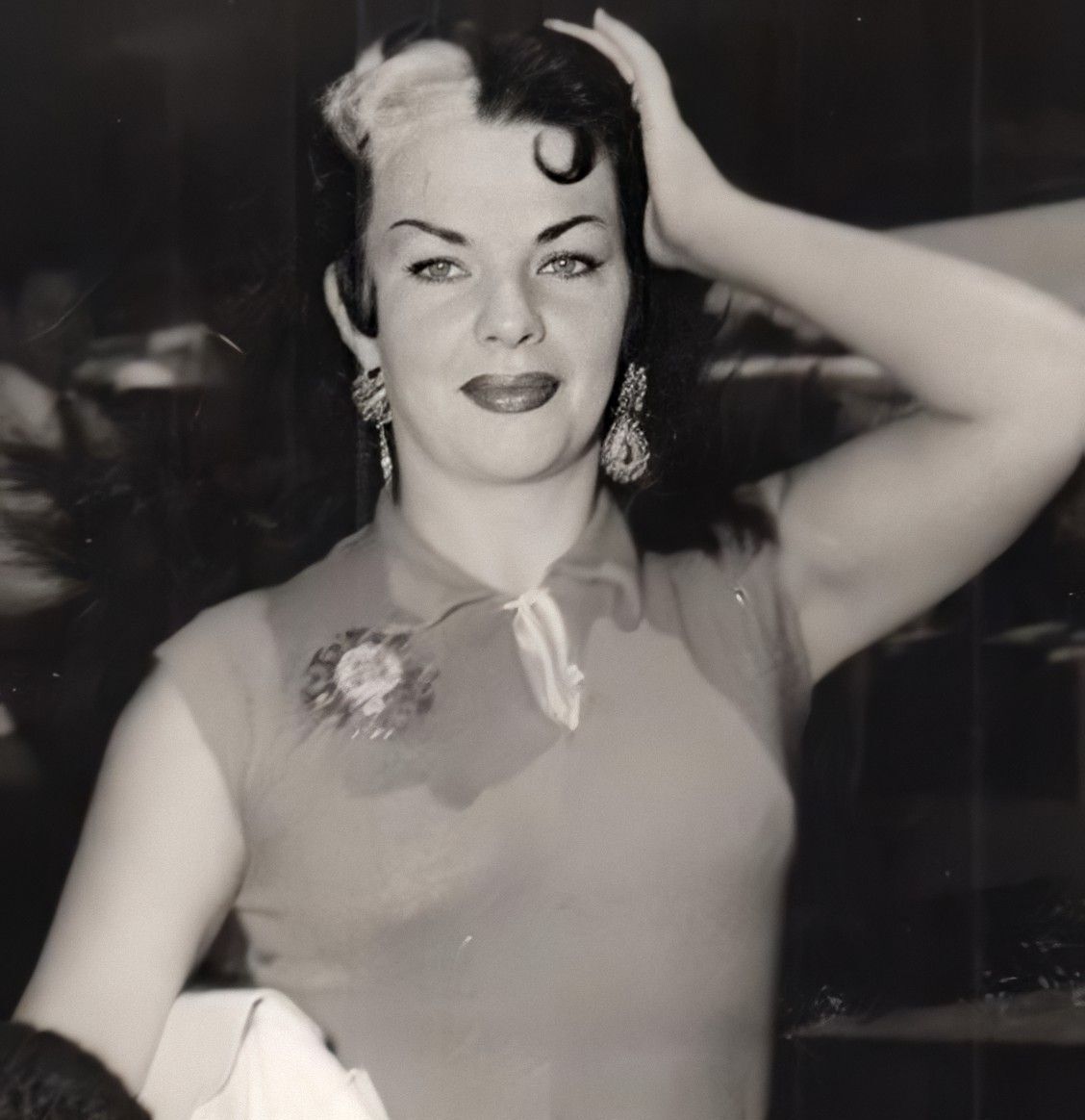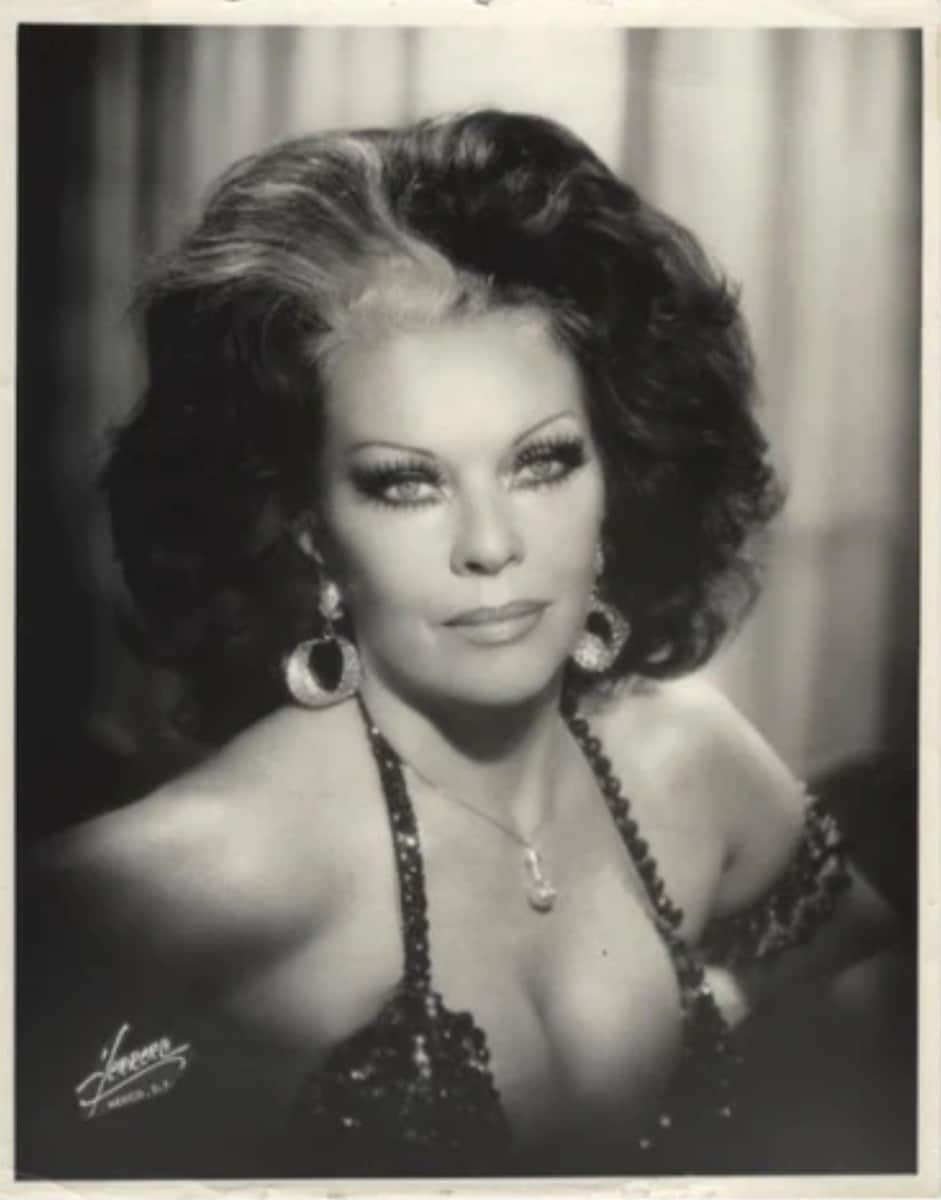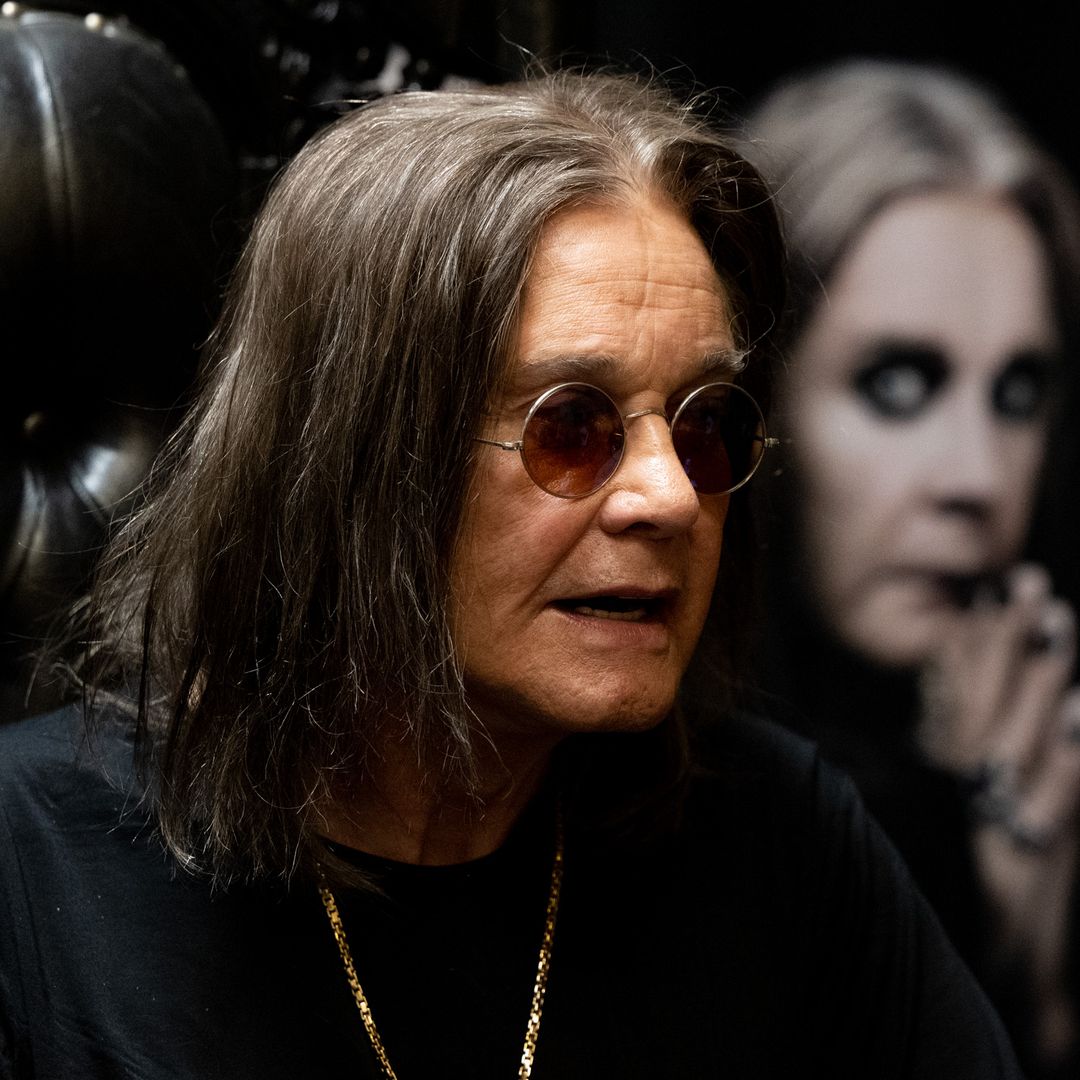Yolanda Montes, widely known as Tongolele, the iconic Mexican-American dancer, actress, and vedette who played a pivotal role in shaping Mexico’s Golden Age of Cinema, passed away on Sunday, February 16, 2025, at the age of 93.
Renowned for her hypnotic performances and distinctive style, Tongolele became a symbol of Mexican cabaret culture and classic cinema, mesmerizing audiences with her exotic dance routines and commanding screen presence. Her ability to blend sensuality with artistry made her an unforgettable figure in Latin American entertainment.
After years of battling Alzheimer’s, her passing marks the end of an era in Mexican cultural history. However, her legacy remains immortal, woven into the films, performances, and artistic influence she left behind.
With a remarkable career spanning over 65 years, Tongolele’s impact on dance, film, and pop culture continues to resonate. Though she retired from the stage in 2023, her artistic essence endures, inspiring generations of performers and preserving her status as an eternal icon of Mexican cinema.
A Dancer who defined an era
Born Yolanda Montes in Spokane, Washington, in 1933, Tongolele discovered her passion within Mexico’s vibrant entertainment landscape. She made her debut in 1947 and quickly captivated audiences with her unique blend of sensual, mesmerizing dance styles and magnetic stage presence.
Her first major performance in Mexico took place in a variety show in Tijuana, Baja California, igniting both fascination and controversy. Her provocative style drew criticism from religious groups and conservative commentators, but this only amplified her popularity. She quickly rose to prominence as one of Mexico's most sought-after performers, renowned for her innovative artistic style and command of the spotlight.
From the silver screen to pop culture icon
Throughout her decades-long career, Tongolele starred in a range of films that cemented her legacy in Latin American cinema. Some of her most iconic roles include:
- Han matado a Tongolele (1948): A drama about a famous dancer, Tongolele, who plans to retire to get married, with the story unfolding on the night of her farewell performance.
- El Rey del Barrio (1950): A comedy classic where Tongolele shares the screen with Tin Tan, playing a woman who unexpectedly falls in love with a small-time con artist.
- El Crepúsculo de un Dios (1969): A film by renowned director Emilio Fernández, in which Tongolele plays a crucial supporting role.
- Las Mujeres Panteras (1967): An action film where Tongolele is part of a fierce group of women battling crime.
- La Muerte Viviente (1971): A cult-favorite horror film where she portrays a woman possessed by a malevolent spirit.
- El Fantástico Mundo de Juan Orol (2012): A tribute film where Tongolele makes a special cameo appearance as herself.
The enigmatic legacy of Tongolele: Three stories of mystery and myth
She was a dancer and actress known for her captivating moves and striking presence that turned her into an icon on both stage and screen. But there was more to her than just her performances—she had this mysterious quality that made it hard to tell where reality ended and legend began. Her fascinating life inspired these three stories, which mix real events with a dash of mystery, folklore, and the supernatural. Each tale captures a moment when her artistry went beyond just entertainment and ventured into the world of myth.
The Dance of the Jaguar
In 1950s Mexico City, a nightclub pulsed with energy as Tongolele took the stage, moving like liquid fire to the hypnotic beat of the drums. The audience was entranced, but in the shadows, one figure remained still—watching.
After the performance, a note appeared under her dressing room door: The Jaguar watches. The Jaguar waits. Tongolele had danced for many admirers, but some lurked in places far darker than the club’s dimly lit corners. That night, she danced harder than ever, daring the unseen predator to reveal itself.
The curse of the moonlit stage
An old bruja once warned Tongolele that she danced between two worlds. One night in Havana, under the full moon, the prophecy took shape. As she moved, her shadow stretched unnaturally, and in the mirror, her reflection lagged—something not entirely human.
The performance ended with roaring applause, but in the back row, the bruja simply nodded, as if she had always known this moment would come.
The last dance in Hollywood
By the late 1960s, Tongolele was aware of the decline of the clubs and the passing of time. Then came an invitation—a private performance in a grand Hollywood mansion, where the guests felt eerily familiar, as if from a dream.
As she danced, past and present blurred. When the music ended, she stood in a circle of silent, unblinking watchers. A man in velvet raised his glass. "Welcome to the dance that never ends, my dear. You’ve been chosen." The candles dimmed, the music resumed, and Tongolele danced on.
How did Tongolele’s style align with Hollywood’s fascination with exotic performers?
Though not a Hollywood star, Tongolele's charm and style fit the allure of exotic performers. She thrived in Mexican cinema, appeared in some U.S. films, and became an icon of Mexico’s nightlife and film scene. Her mesmerizing performances and unique presence made her a legend. Even without a big Hollywood career, her influence crossed borders and cemented her legacy in cinema history.
Her lasting legacy
In her later years, Tongolele stepped away from the spotlight as she battled dementia, a disease that gradually took her out of public life. Despite this, her impact on entertainment remains undeniable. More than just a dancer or actress, Tongolele was a cultural phenomenon.
Her fearless approach to performance, her ability to command attention, and her influence on Latin American entertainment continue to resonate today. She wasn’t just a star—she was a legend, and her legacy will live on for generations.
